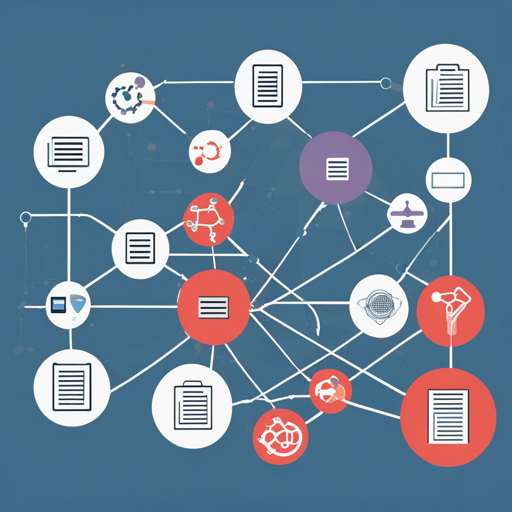SchemaSpy is an invaluable tool for database administrators and developers who want to analyze and document their database easily. It generates HTML-based reports that visualize the database schema, making it simple to understand the relationships and structure of the data.
Getting Started
In this section, we will walk you through the installation and basic usage of SchemaSpy. Think of using SchemaSpy as preparing for a treasure hunt—you need to gather the right tools to find and navigate your way through the treasure troves of data within your database.
Installation
SchemaSpy is a standalone application that requires no GUI. Here’s how to get started:
- Download the latest JAR file or Docker image.
- To download the JAR file via the terminal (replacing 6.2.4 with the most recent version), use the command:
curl -L https://github.com/schemaspy/schemaspy/releases/download/v6.2.4/schemaspy-6.2.4.jar --output ~/Downloads/schemaspy.jarQuick Start with PostgreSQL
Let’s jump into using SchemaSpy with PostgreSQL. Imagine PostgreSQL as a bustling city filled with data, and SchemaSpy as your trusted guide, helping you explore all the hidden gems. Here’s how to start your journey:
- Download the PostgreSQL JDBC driver using this command:
curl -L https://jdbc.postgresql.org/download/postgresql-42.5.4.jar --output ~/Downloads/jdbc-driver.jarjava -jar ~/Downloads/schemaspy.jar -t pgsql11 -dp ~/Downloads/jdbc-driver.jar -db DATABASE -host SERVER -port 5432 -u USER -p PASSWORD -o DIRECTORYReplace DATABASE, SERVER, USER, and PASSWORD with your specific database connection details, and choose a DIRECTORY where the output will be generated.
Understanding SchemaSpy’s Output
After running SchemaSpy, you will receive an HTML report consisting of various diagrams, including entity-relationship diagrams. This report gives you a clear picture of how your data is structured, like a map marking the locations of treasures in that bustling city. From the report, you can navigate points of interest and dive deeper into your data’s relationships.
Troubleshooting Common Issues
While using SchemaSpy, you may encounter some issues. Here are a few troubleshooting ideas:
- Ensure that your database is running and accessible.
- Double-check your JDBC driver compatibility with your database version.
- If you face permission errors, verify user access rights to the database.
- Refer to the troubleshooting common problems section for more insights.
For more insights, updates, or to collaborate on AI development projects, stay connected with fxis.ai.
Conclusion
SchemaSpy is a powerful tool that streamlines the process of documenting and analyzing your database structure. By transforming complex database schemas into easy-to-read HTML reports, it makes traversing entity-relationship diagrams a breeze. At fxis.ai, we believe that such advancements are crucial for the future of AI, as they enable more comprehensive and effective solutions. Our team is continually exploring new methodologies to push the envelope in artificial intelligence, ensuring that our clients benefit from the latest technological innovations.

